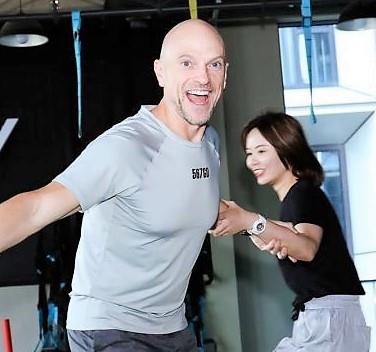Dancing consists of highly variable movement and extensive use of short-term (and eventually long-term) memory as you learn and practice the steps. This makes it potentially very beneficial for brain health. Discover a little more and find out what my personal favorite dance for fitness is.
The best part is, you don’t have to be good at it for it to benefit brain health…you just have to do it. However, if you’re too stressed about it, that kind of stress can be bad for brain health.
Brain Benefits of Dancing:
- Enhanced emotions and heightened sense of enjoyment from music
- Highly variable, multi-directional, challenging movement
- Memorization and practice of a new sequence of moves to learn the dance
- Social interaction if doing it with other people.
If you’re just following a video at home by yourself, you get lots of the first 3 so it is still great if you’re not getting the social interaction part.
The old quote by Mark Twain, “Dance like no one is watching,” is a difficult ask for many people and is only possible if sufficient alcohol is consumed first to lower inhibition. And that’s a shame.
Several years ago while speaking at an event in India, I was introduced to Masala Bhangra and I instantly loved it although I’d never done Indian dance before. The music was upbeat and positive, even without lyrics. The movements were so expressive and made me feel good, expansive, and like anything was possible.
Every now and then I’ll join a streaming or video workout. You can find out more about it here. It’s been around for a while and it puzzles me that it has not become a more popular form of dance fitness.
If this style of dance isn’t for you, that’s cool. Find something and try it.
Just learn a few moves well enough to start feeling competent and build confidence. You can improve your emotional state, your brain fitness, and your physical fitness all at the same time.
Researchers used a Latin dance program offered to more than 300 people at 12 different locations. After just 8 months of classes, there was significant improvement in the dancers’ working memory. We can easily and obviously extrapolate to any physically challenging form of dance where you have to learn the steps.
A long time ago, I took waltz lessons. This was before I was even working professionally in fitness of knew anything about brain health. And I remember how much mental effort it took to learn the steps (and I was far less comfortable being on a dance floor back then.)

